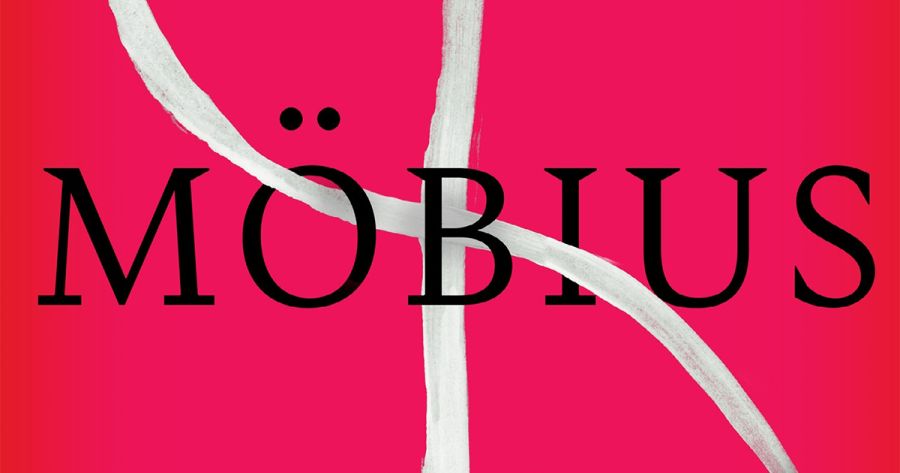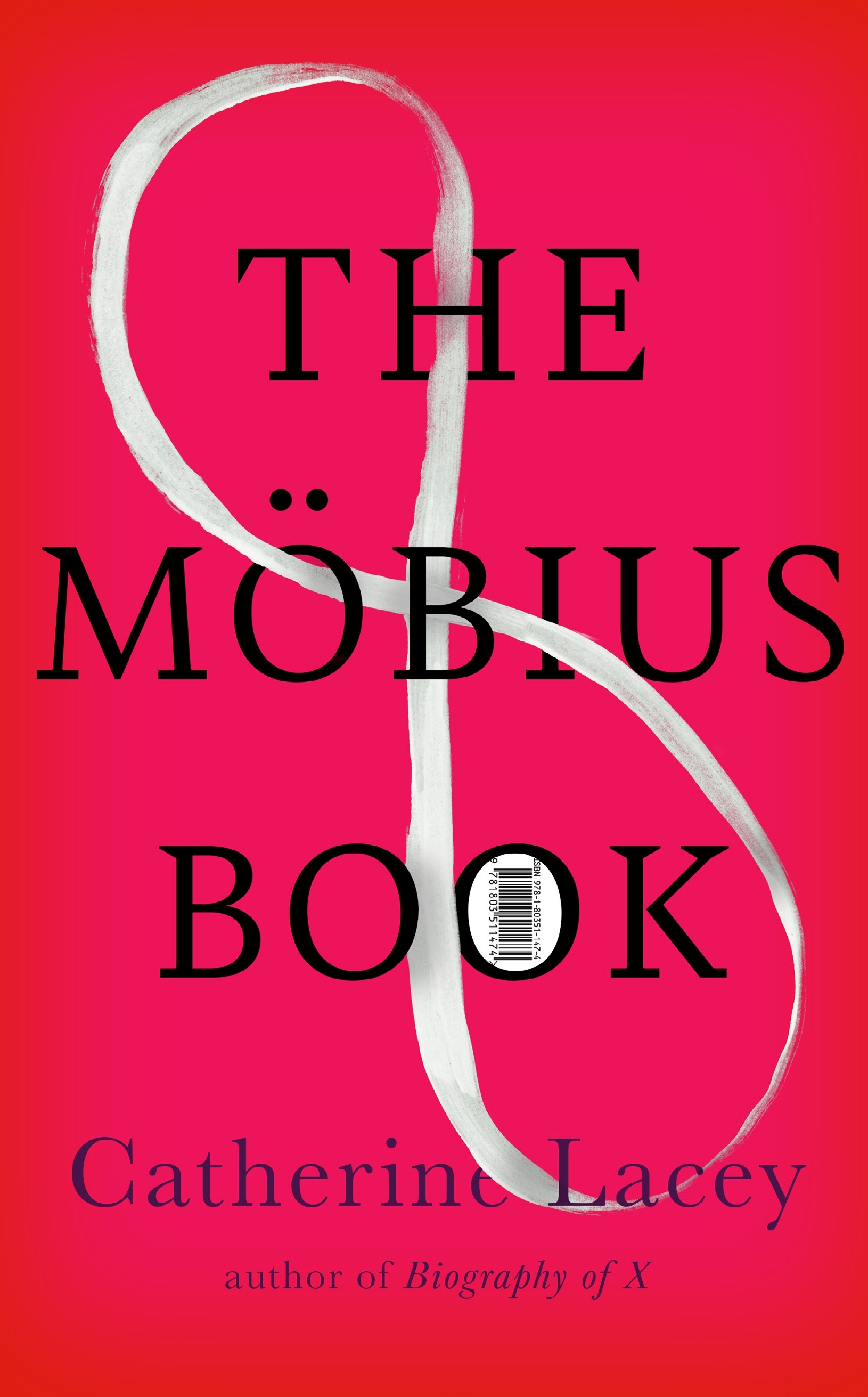
- Free Article: No
- Contents Category: Fiction
- Review Article: Yes
- Article Title: Torn apart, rebuilt
- Article Subtitle: A book of möbiusness
- Online Only: No
- Custom Highlight Text:
In The Möbius Book, an ingenious merging of fact and fiction by American writer Catherine Lacey, Lacey recalls including in one of her pieces of short fiction a poem about growing up with ‘an angry man in your house … and if one day you find that there is / no angry man in your house – / well, you will go find one and invite him in!’ (The poem appears in Lacey’s stinging short story ‘Cut’, first published in The New Yorker in 2019.)
- Book 1 Title: The Möbius Book
- Book 1 Biblio: Granta, $36.99 hb, 240 pp
- Book 1 Cover Small (400 x 600):

- Book 1 Cover (800 x 1200):

- Book 1 Readings Link: https://www.readings.com.au/product/9781803511474/the-moebius-book--catherine-lacey--2025--9781803511474#rac:jokjjzr6ly9m
As readers, we have become accustomed to writers blurring the lines between fact and fiction, reality and imagination. (Two writers who immediately come to mind when reading Lacey’s work are Philip Roth and Michelle de Kretser, although Lacey is more lyrical than the former and more subtle and elegant than the latter.) In the Möbius strip – that illusive geometric structure where two opposing surfaces are twisted, such that they form one continuous surface – Lacey has hit upon an image that encapsulates the exquisite interiority of much of her writing: her investigations of the winding and curving unities of self that make it difficult to understand what is you and what is other; what is real and what is fabrication; where desire ends and resistance begins.
The structure of the Möbius enables Lacey to subvert the imposed nature of narrative endings, there being no end to a Möbius strip, just an eternal continuation. Thus, The Möbius Book has two beginnings and two endings, two identical covers and two identical sets of end papers (the only differences are the colours of the covers and the dedications). Open the book at one end and you are reading a novella about Marie and Edie, two friends lamenting their broken relationships. Turn the book 180 degrees and you are reading Lacey’s memoir about her own broken relationship with a man she calls ‘The Reason’.
Lacey’s memoir begins at the moment in her life when she is forced to live in the guest room of her own home, The Reason (fitfully loving, violent, manipulative) having decided she doesn’t love him enough for their relationship to continue – a declaration that comes as a surprise to Lacey. The contours of their relationship are made manifest in a single striking image: Lacey demands The Reason destroy the precious teacup he has gifted her because she is incapable, she realises, of ‘becoming the person for whom this teacup had been intended’.
Fiction becomes for Lacey a means of eradication, a way of breaking down the ‘dark histories’ of our lives, a theme she also explored in Biography of X (2023), her radical mirror-history of late-twentieth-century America. She writes of needing ‘to break reality down into a story, or to make a story into a reality’, and it is perhaps no coincidence that in Lacey’s representation of lived experience – and the near impossibility of pinpointing what distinguishes the self from the context in which that self exists – there lingers a trace of her earlier protagonists: Elyria in Nobody is Ever Missing (2014) and Mary/Junia in The Answers (2017).
The Möbius Book, however, is much more than a study of the emotional distress arising from relationship breakdowns. Lacey’s separation from The Reason is the ignition point for what she refers to as a ‘circuitous meditation’ on life, love, fiction, and spirituality. She recalls breaking with the ascetic version of Christianity she pursued as a teenager: ‘Once I had slipped loose of the belief that the Bible was the Word of God, I had no law, no rubric for what to do with myself.’ Being cast out from The Reason’s life – who, like the church, had always told her ‘what I felt and who I was’ – leaves her similarly unmoored.
Lacey’s meditation also foregrounds the acute parallels between fiction and spirituality: ‘Perhaps the thing that religion and art share is that mysterious progression: the emotional and visceral process of one idea breaking down to make way for the entrance of another.’ Our sense of the spiritual, Lacey suggests, derives less from the act of faith itself than from the stories and poetry through which we attempt to represent and understand that faith. ‘Every Good Friday as a child,’ Lacey recollects, ‘I cried when the church went dark, and I was sure my grief was an outgrowth of my faith. Or you could say it was the hypnosis of poetry, or an experience of fiction in its purest form.’
The fiction ‘end’ of The Möbius Book is structured largely as a duologue, at Marie’s apartment, between Marie and her closest friend, Edie. Their conversation spans their friendship, their relationships, Marie’s betrayal of her wife, Edie’s hallucination that a dying dog once spoke to her about suffering and humanity, and their attempts to parse the ‘black hole at the end of the love’. All this while, their time together is unsettled by a pool of what appears to be blood seeping from under a neighbour’s door. Their evening becomes, for Marie at least, a ‘narrative that began when she saw the blood’. One that can only conclude with ‘answers, an ending, a tension released’, even if that ending is ultimately a lie. As Marie mulls over what to do about the blood, Edie echoes (or foreshadows, depending on which end of the book you read first) Lacey herself, reiterating Lacey’s notion that faiths, like fictions, are ‘meant to be lost, torn apart, rebuilt’.
‘Everyone lived their lives first and wrote the narratives for them after,’ Lacey writes. What the möbiusness of this book reminds us (and there seems no better word than ‘möbiusness’ to describe not only this book but Lacey’s work generally) is that, simultaneously, we write our narratives and then we live them.


Comments powered by CComment